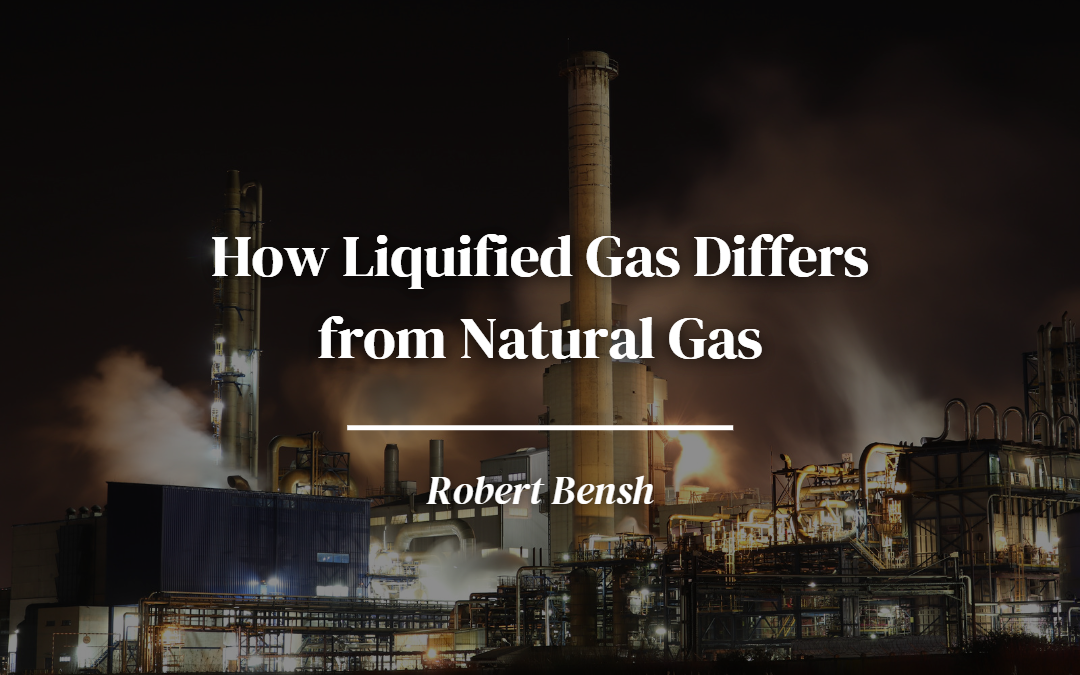Despite the various drawbacks of fossil fuels, such as carbon dioxide emissions, natural gas is considered a promising alternative to coal in the energy transition. Unlike coal, natural gas emissions are only half as high as those produced by burning coal. Also, natural gas discharge produces fewer pollutants than coal. In this article, we will talk about the various aspects of liquefied natural gas and how it can be used to meet our energy needs. We will also explore its impact on the environment and how it can be used to supply the gas supply market.
What Is Liquefied Natural Gas vs. Natural Gas?
In the United States, natural gas is mainly found in underground rock formations known as reservoirs. It can be extracted through drilling techniques. Through pipelines, natural gas is transported to various processing plants. Once it reaches these facilities, it is then converted into pipeline-quality natural gas. This natural gas is then sent to distribution centers. Before natural gas transportation on ocean carriers became more common, energy companies had to find a way to get this natural gas to their customers. They then discovered that by turning it into a liquid form, they could transport it and store it until it could be re-gasified. This process could help them expand their market share and meet their energy needs.
How Are LPG and LNG Different?
Liquefied natural gas is composed mainly of methane, while liquefied petroleum gas is filled with additional components such as carbon dioxide and nitrogen. Liquefied petroleum gas is commonly used as fuel for cooking and heating. Unlike natural gas, which is then converted into a liquid form through liquefaction, liquefied petroleum gas is a byproduct of the refining process. Unlike natural gas, which is then converted into a liquid form through liquefaction, liquefied petroleum gas is a byproduct of the refining process. Liquefied petroleum gas is heavier than air and is highly combustible. On the other hand, compressed natural gas is 600 times smaller. It is mainly used for marine fuel and large-scale power generation.
How Is Liquefied Natural Gas Made?
Liquefaction is performed at facilities owned and operated by the energy industry. During this process, natural gas is cooled down to -162 degrees Celsius. This process then allows the gas to become a liquid form, which makes it easier to transport and store.
Is Liquefied Natural Gas Toxic or Otherwise Dangerous?
Contrary to popular belief, liquefied natural gas is not harmful. It is also less toxic than other types of liquid fuels, such as diesel and gasoline. Compared to other types of fuels, LNG is relatively flammable. To start a fire, there must be around 5% to 15% of LNG in the air that has to be heated to around 572 degrees Celsius. Since it burns slowly, it is safer to transport than to explode. Although it is generally safe to be exposed to the vapors of methane in enclosed spaces, people should avoid inhaling high concentrations of this greenhouse gas. Methane can cause methane poisoning if it is inhaled at high levels. It also displaces air, which can prevent animals and people from receiving the necessary oxygen.
